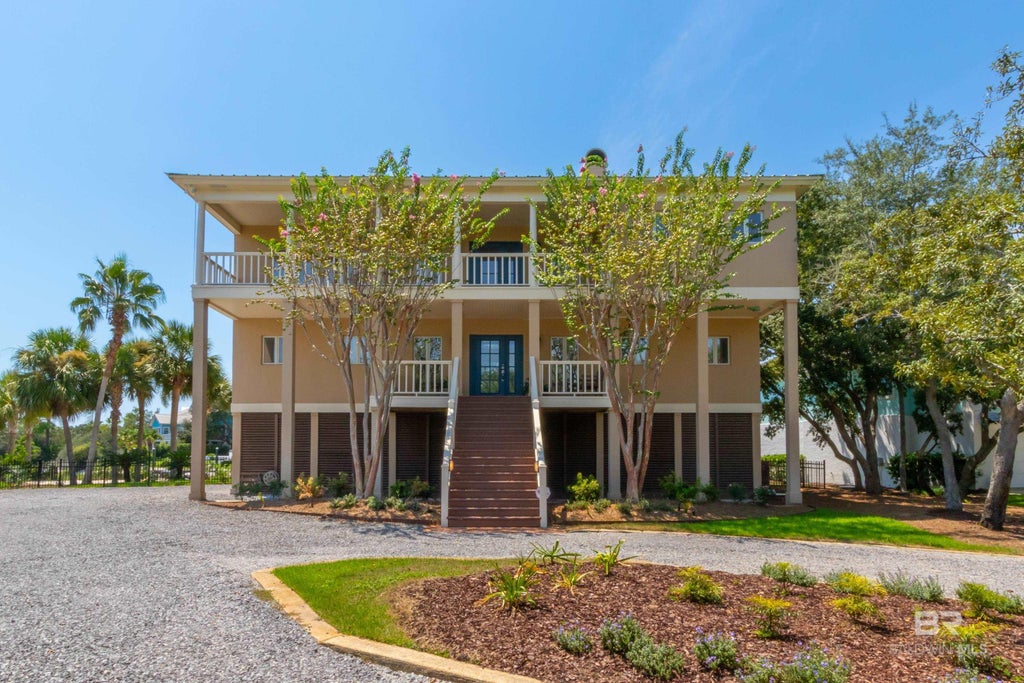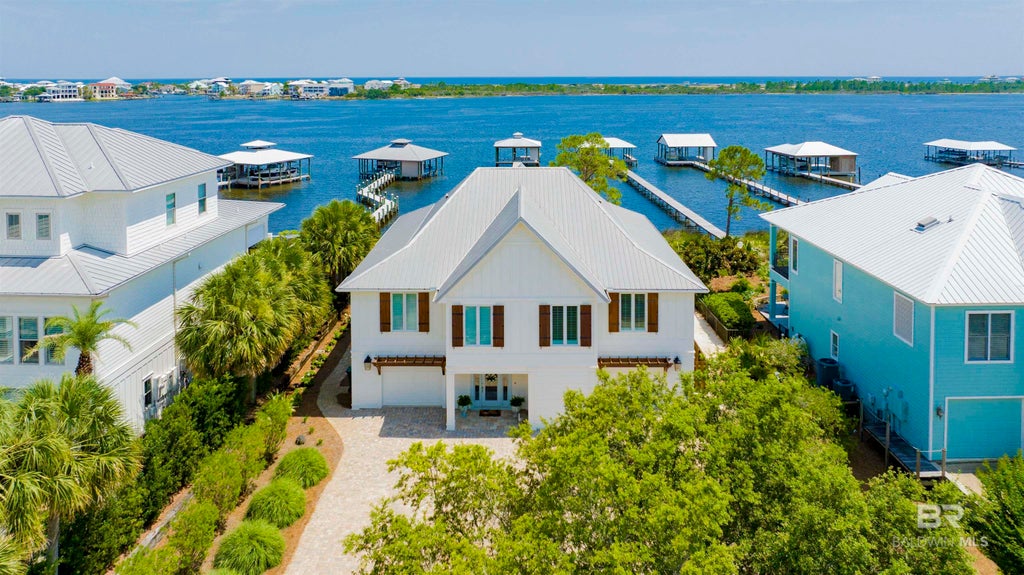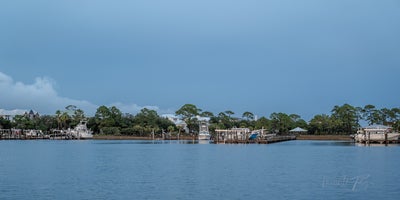HOW I GROW LUSH PAMPAS GRASS ON THE GULF COAST
By Meredith Amon, Licensed in Alabama and Florida
"Guided by Integrity. Backed by Experience. Search the Gulf with Meredith Amon."
One of the most striking landscape features I see on Ono Island and throughout the Gulf Coast is pampas grass. Its tall, feathery plumes bring movement and drama to a garden—and when it's thriving, it feels wild, elegant, and wonderfully coastal.
As a homeowner and real estate advisor here on the island, I’ve learned exactly what pampas grass needs to look full, strong, and sculptural year-round. If you’re trying to encourage faster growth, or just want those big, showy plumes, I’d love to share a few of my favorite tips from experience.
Why I Love Pampas Grass for Gulf Coast Living
Pampas grass is low-maintenance once it’s established, and it holds up beautifully against salt air, wind, and the strong summer sun. I see it used to define property edges, frame canal-front fencing, and even offer natural privacy along driveways and pools.
The key to encouraging that lush, iconic look? The right blend of fertilizer, sun, and seasonal maintenance.
Meredith’s Top Tips for Growing Strong Pampas Grass
1. Fertilize Early with a Balanced Formula
I always apply a slow-release, balanced fertilizer in early spring—ideally in March. Look for:
-
10-10-10 or 16-16-8 NPK ratios
-
Osmocote or Scotts Turf Builder are both great choices
-
For a more natural approach, Milorganite adds nutrients gently and improves the soil over time
This gives your grass the fuel it needs as the warm weather sets in.
2. Cut It Back in Late Winter
Every February, I cut mine back to about 8–12 inches from the ground. It feels aggressive, but it’s necessary. Pampas grass stores energy at the base, and trimming it gives space for healthy new shoots.
A neighbor once told me it was like hitting “reset” on the whole plant—and she was right.
3. Give It Plenty of Sun
Pampas loves the sunshine. For the biggest plumes, plant it where it will receive 6 or more hours of direct sun each day. Shaded plants won’t develop the same height or fullness.
4. Water Deeply—But Not Often
This grass is drought-tolerant, but during dry spells here on the coast, I water mine once a week. A deep soak encourages deeper root growth, which helps anchor it through storms and heatwaves.
5. Mulch the Base and Improve the Soil
If you’re planting pampas grass for the first time, enrich the soil with compost or quality topsoil—especially if your lot is sandy. Then mulch 2–3 inches around the base to help retain moisture and reduce weeds, while keeping the mulch a few inches away from the plant’s center to prevent rot.
Where It Grows Best on Ono Island
On the island, I’ve seen pampas grass thrive in:
-
Canal-side gardens, offering soft privacy
-
Entry drive landscaping on homes along River Road
-
Back corners of larger lots where homeowners want a natural buffer
It’s also deer-resistant and a favorite for coastal xeriscaping. I’ve even had buyers comment on pampas as a memorable feature of a yard when touring listings.
A Final Tip from Experience
Wear gloves and long sleeves when trimming or working around pampas grass. The blades are sharp, and even experienced gardeners like me have walked away with a few scrapes. It’s worth it though—within a few weeks of cutting it back, you’ll start to see fresh green shoots climbing up with vigor.
If you're dreaming about coastal landscaping or wondering which native and drought-tolerant plants pair best with pampas, I’d love to help. Whether you're renovating an existing yard or planning a new build, let's make it feel rooted in this extraordinary place we call home.
#searchthegulf #meredithamon #becausewelivehere
Ono Island Homes & Land for Sale – Luxury Waterfront Real Estate in Orange Beach Alabama

.gif)

Orange Beach Sunrise — A Morning Ritual That Guides My Real Estate Approach
Orange Beach Sunrise: A Morning Ritual That Shapes How I Serve Buyers and Sellers
Photo description: A golden sunrise lifts over the Gulf of Mexico, casting warm light across smooth sand and soft shorebreak. I captured this scene on my way to the office in Orange Beach, Alabama.
Why this sunrise…

Voyagers, Orange Beach: Coastal Cuisine & Panoramic Views

Boat-Friendly Homes on the Gulf Coast: Orange Beach and Ono Island Guide
Ask A Question or Sign Up To See New Real Estate Listings Before Your Competition
When it comes to finding the home of your dreams in a fast-paced market, knowing about new listings as soon as they are available is part of our competitive advantage.Sign up to see new listings in an area or specific community. Contact Meredith with any questions you may have.















